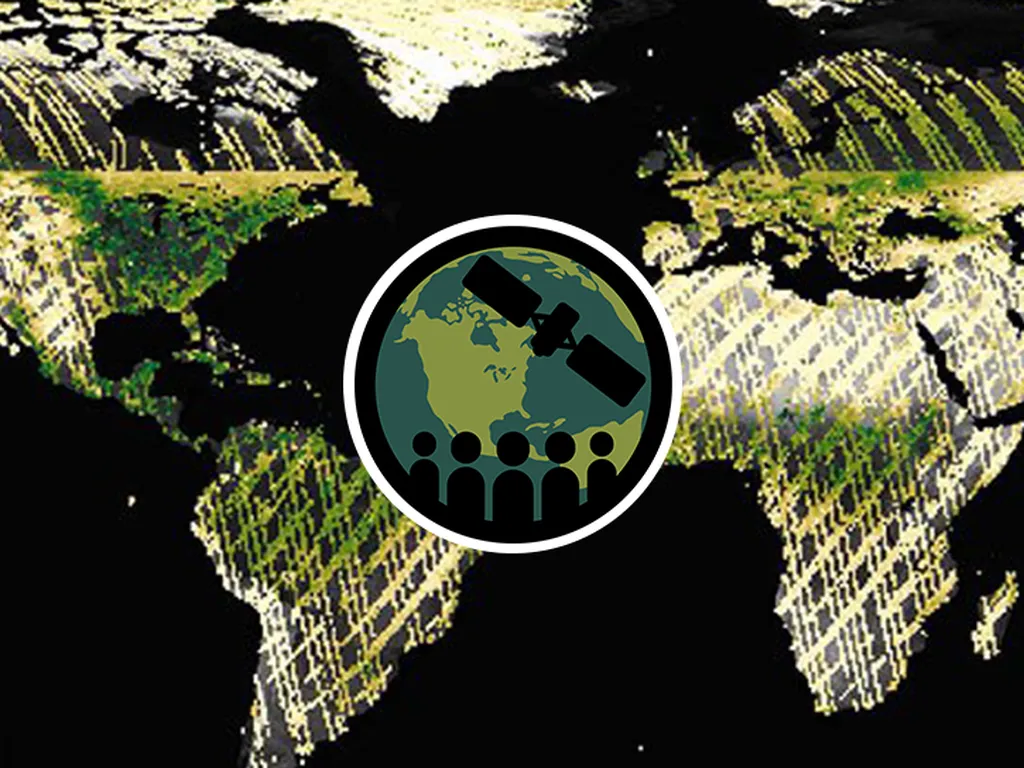In a significant stride towards understanding the impacts of ozone on global vegetation, a recent study published in the journal *Biogeosciences* (translated from German as “Life Sciences”) has shed light on the reliability of atmospheric chemistry deposition schemes in simulating stomatal ozone flux across diverse land covers and climates. Led by T. Emmerichs from the Institute of Energy and Climate Systems, Troposphere (ICE-3) at Forschungszentrum Jülich in Germany, the research delves into the nuances of ozone risk assessments for vegetation, a critical area of concern for the energy sector and beyond.
The study, which utilized data from the Tropospheric Ozone Assessment Report (TOAR) database, evaluated six established deposition models to simulate stomatal ozone fluxes across various land cover types worldwide. The findings revealed that while the models estimated reasonable ozone deposition rates, there were notable differences in canopy conductance simulations depending on the land cover type. “The differences between models were primarily influenced by soil moisture and vapour pressure deficit, depending on each model’s specific structure,” Emmerichs explained.
The implications of this research are profound for the energy sector, particularly in the context of bioenergy and carbon sequestration projects. Accurate simulations of ozone damage to vegetation are crucial for assessing the potential impacts on biomass productivity and carbon storage. The study found that the range of ozone damage simulations varied significantly across different land cover types, with the most consistent results observed for crops. This consistency is vital for agricultural planning and ensuring food security in a changing climate.
Moreover, the research represents a critical first step in developing tools for broad-scale assessment of ozone impacts on vegetation within the framework of TOAR phase II. As the energy sector increasingly turns to renewable sources and bioenergy, understanding and mitigating the effects of ozone on vegetation will be paramount. The study’s findings provide a foundation for future research and policy development, ensuring that ozone risk assessments are as accurate and reliable as possible.
Emmerichs’ work underscores the importance of interdisciplinary collaboration in addressing global environmental challenges. By integrating atmospheric chemistry, plant physiology, and data science, the study offers a comprehensive approach to assessing ozone impacts on vegetation. This holistic perspective is essential for developing effective strategies to protect ecosystems and ensure sustainable energy production.
As the energy sector continues to evolve, the insights gained from this research will be invaluable in shaping policies and practices that promote sustainable land use and bioenergy development. The study’s emphasis on the reliability of deposition models highlights the need for continued innovation and refinement in atmospheric chemistry simulations. By doing so, we can better understand and mitigate the impacts of ozone on global vegetation, ensuring a healthier and more resilient planet for future generations.

